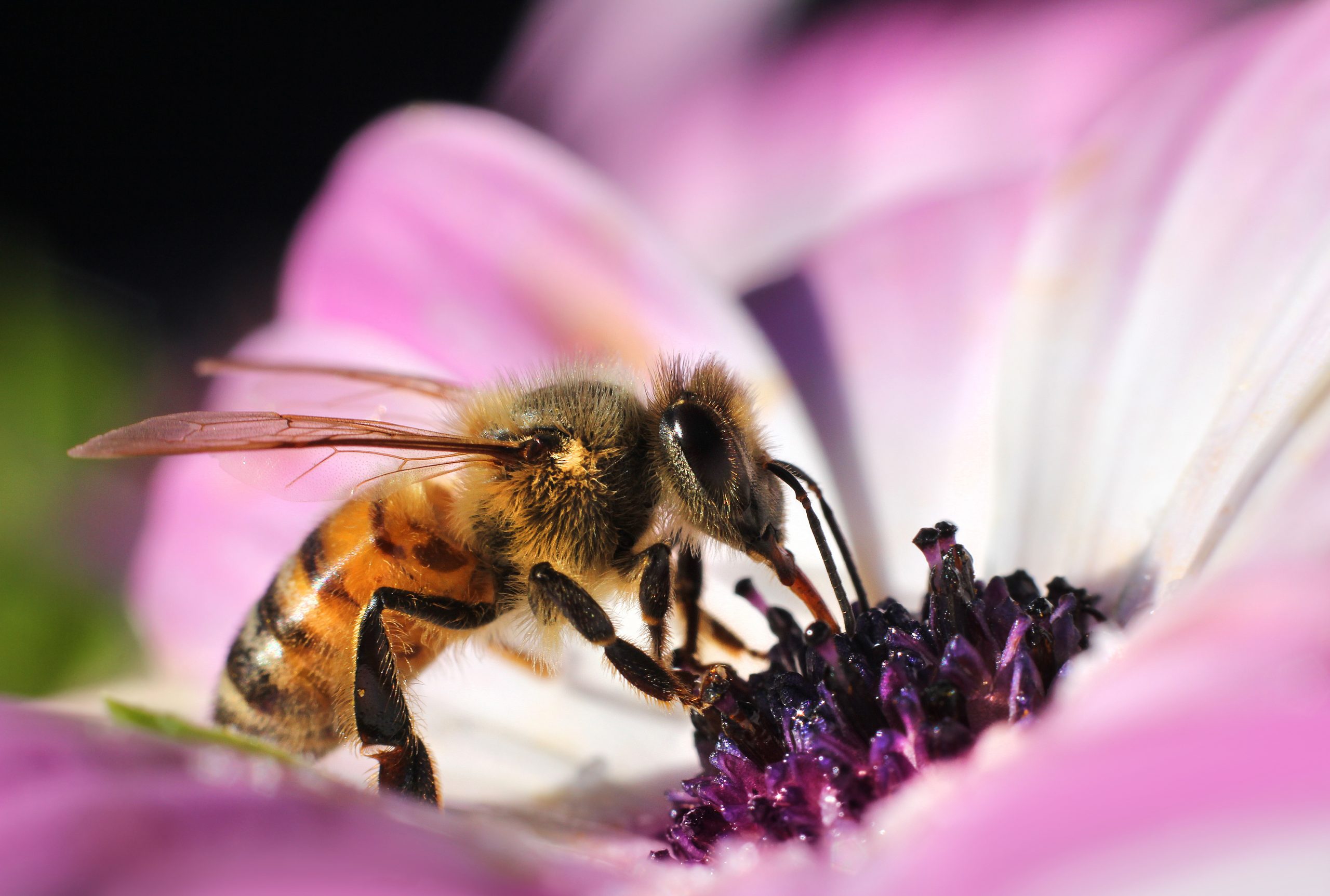Attracting Bees with Your Pollinator Garden
April 22, 2016
Bee Colony Collapse, Honey Bees
Colony Collapse Disorder (CCD), a crisis involving honeybees disappearing from their hives, is still a rampant concern for beekeepers and researchers everywhere, given our heavy dependence on the pollinators for one third of what we eat. While there have been reports of these collapses decreasing, the concern will never really go away until populations are closer to what they once were. Until then, there are practices regular folks can engage in to help the honeybees help us—one of which that’s growing in popularity is a “pollinator garden” or planting more native plants bees naturally love. Catherine Wissner, a Wyoming horticulturist, believes if everyone planted blooming, native plants on their property, bees could make a comeback while also improving vegetable garden yields.
It’s easy to write off “native” plants—wildflowers, perennials, “old-fashioned” flowers—and not think of immediate consequences, but it turns out the simple flowers growing naturally in your area are what bees prefer. Those pretty wildflowers growing in the side yard, the seemingly inessential ones, are actually required for the ecosystem. The plants that especially attract bees bloom as early as possible and last until first frost, as is common with the cyclical phasing of perennials, with these plants being less expensive and time-consuming. Bees also function better when there is a variety they can draw nectar from (just we prefer variety in the foods we eat) and also when flowers aren’t double-petalled or difficult to navigate.
With native plants, pay attention to the which spot would be most beneficial for your garden and the bees. For one, a spot in the sun most of the day is best not just for plants but also because bees themselves prefer sun due to their sun-based, internal navigational system. You also have to take care and protect bees from pesticides because even the ones labelled organic can negatively impact bees and even kill them, as past cases of CCD can likely attest to. Additionally, having a source of water near your native plants is essential for the bees, especially if there aren’t many other permanent water sources near you—if you go by way of a bird bath, be sure to refresh it every few days to keep mosquitoes from breeding.
If you do have a desire to help bees while also helping your own garden, look for the types of plants already covered with bees as a basic rule of thumb, and the process is already made that much easier. Choose flowers and other plants adapted to your area’s climate because, as it goes, the closer the home to the plant source, the better chance it has to grow, thrive, and attract bees to your vegetable garden. Native plants within a separate pollinator garden, while just one small piece in the journey to prevent CCD, is not just a personally smart choice for regular folks like us, but it’s also good for the ecosystems we call home.


.jpg)



